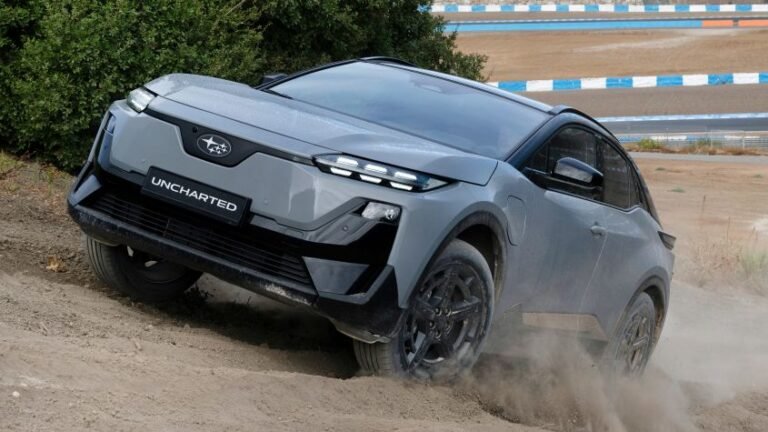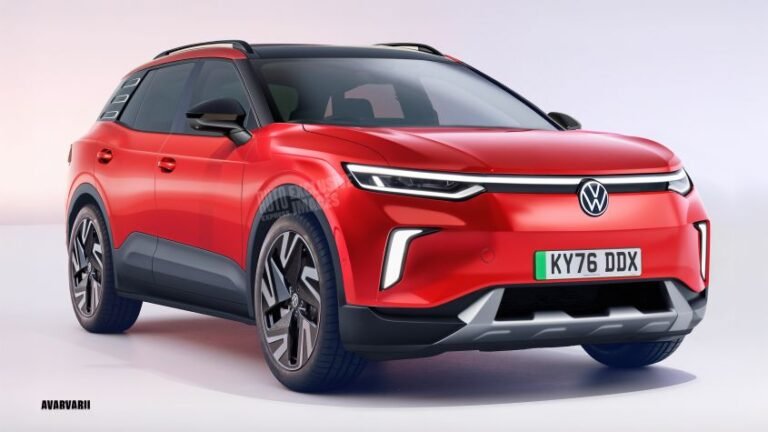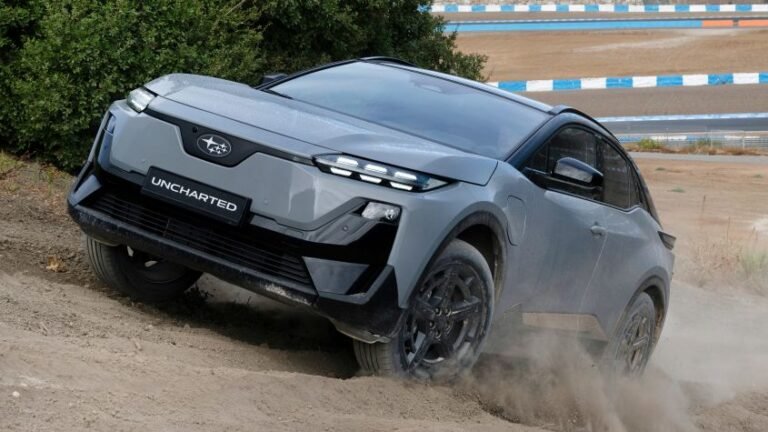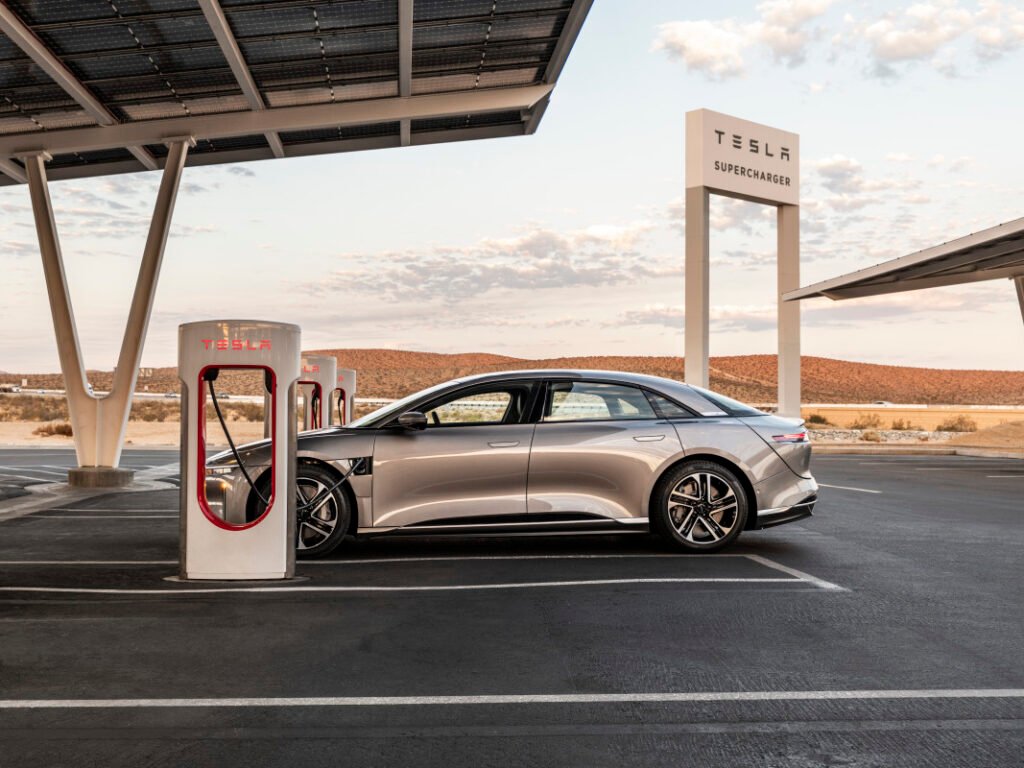
The chargers keep coming
Even as Americans lose access to the federal tax credit for buying electric vehicles, the nation’s charging network is expanding at a record pace. About 780 public high-speed charging stations opened across the U.S. in the third quarter — the largest single-quarter jump on record, according to Department of Energy data. In total, the country’s network of fast chargers has grown by 19% so far this year.
“The growth is pretty amazing right now given current policy and investment sentiment,” Chris Pierce, an analyst at Needham & Co. who tracks charging networks, told Bloomberg News.
Much of the latest expansion likely stems from projects that were greenlit before President Donald Trump took office, Pierce noted, but charging operators say the market remains far from saturated. “For a long time, the market was totally lopsided with a scarcity of chargers,” Pierce said. “Now, it’s getting a little less scarce, but we’re still nowhere near a saturation point.”
Drivers are plugging in more often
Early EV adopters tended to charge at home, but that’s changing. According to EVgo, one of the country’s largest public charging providers, newer EV buyers — especially rideshare drivers and those purchasing used electric cars — are far more likely to rely on public chargers.
Getty Images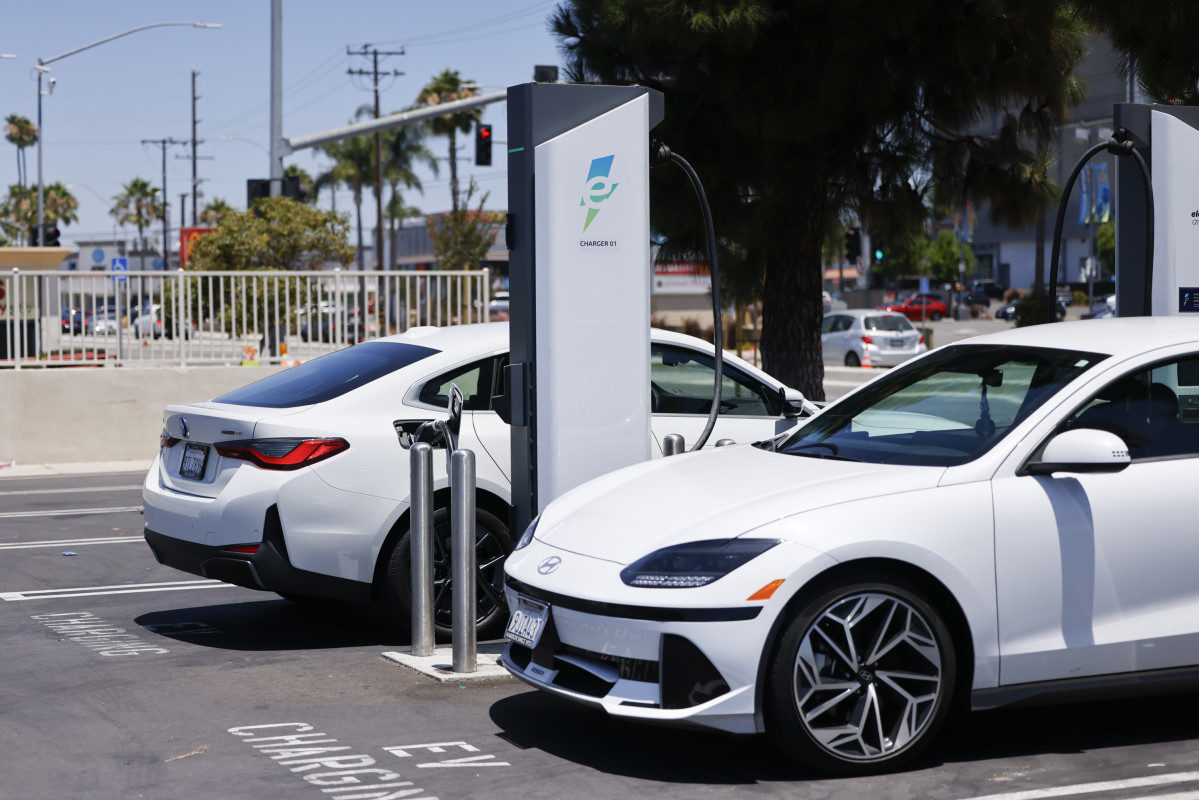
“The recent trend of more electric vehicles per fast charger is likely to continue,” EVgo CEO Badar Khan told investors on a recent earnings call.
That shift has led to a surge in partnerships with retailers, restaurants, and travel centers, all eager to attract EV drivers looking for a charge — and a snack. In the last quarter alone, Cracker Barrel added chargers at six locations in the Deep South, while Target, Wawa, Ikea, and Dunkin’ Donuts each opened new sites across their store networks.
Truck stops are leading the rural charge
Few companies have been as aggressive as Pilot Travel Centers, which operates roughly 800 truck stops nationwide. More than a quarter of Pilot’s locations now feature EV chargers, including 27 new stations added last quarter.
Pilot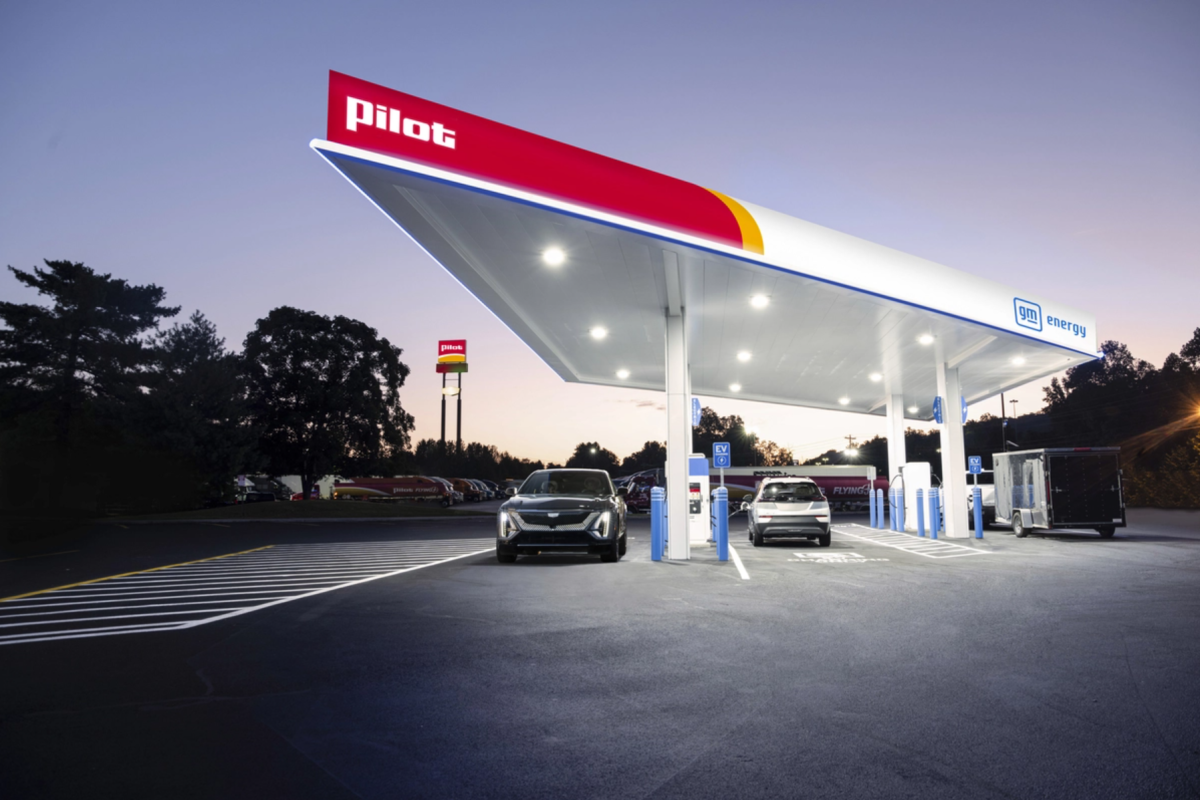
The company has been especially focused on what used to be “electron deserts” — the Dakotas, Wyoming, and parts of the Deep South. “We are committed to showing all of our guests that they matter,” said Brandon Trama, Pilot’s head of vehicle electrification. That focus on underserved regions is helping close one of the biggest gaps in America’s transition to electric mobility: charging access outside of major metro areas.
EV sales may cool, but infrastructure is catching up
The rapid buildout comes amid warnings that EV sales could slow in the months ahead. Ford CEO Jim Farley recently predicted that electric vehicles might fall from around 10% of U.S. sales to about 5% in the fourth quarter as federal incentives disappear.
Justin Sullivan/Getty Images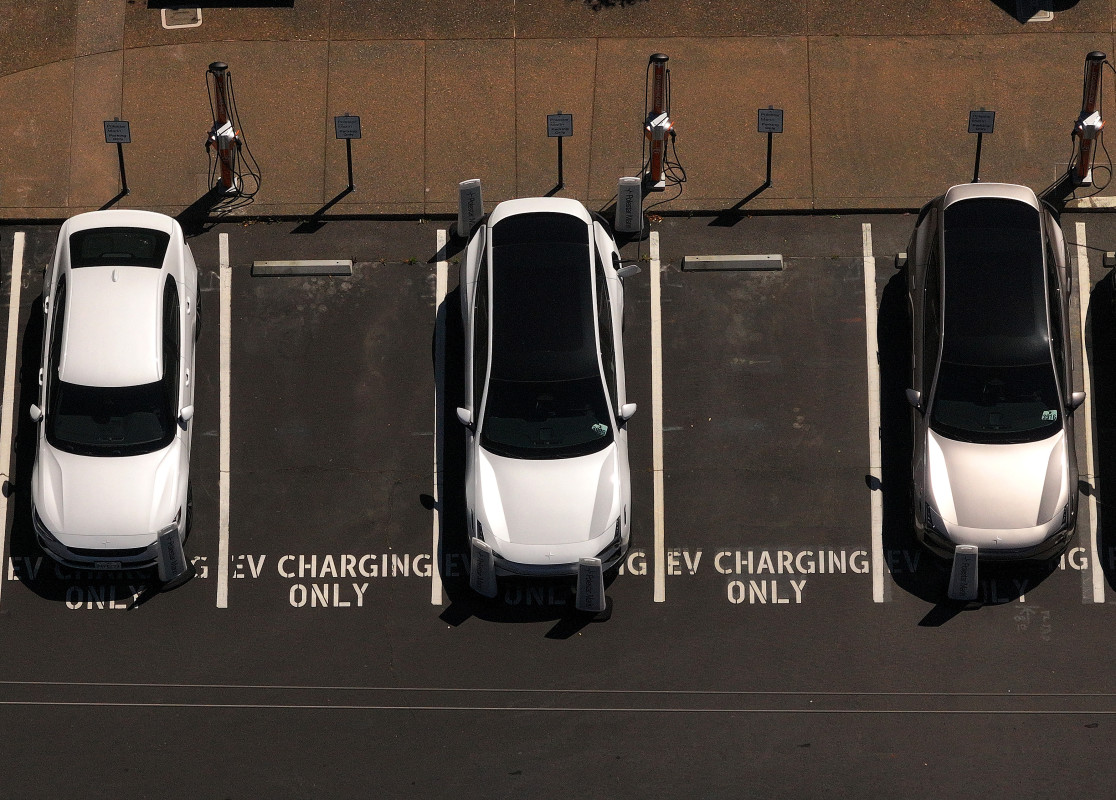
But charging executives are optimistic. They argue that the infrastructure is still catching up to years of demand — and that lower EV prices and new models will keep sales more stable than some forecasts suggest.
“There’s just a bunch of things happening out there that are going to bring the selection up and the price down on EVs, which we believe will drive overall demand for EVs and thus, charging going forward in the future,” said ChargePoint CEO Rick Wilmer in September.
Final thoughts
While Washington has pulled back on subsidies for buyers, funding for chargers has quietly resumed. A $5 billion federal program to build stations in rural and disadvantaged communities was frozen by the Trump administration in January. But in June, a federal court ordered the government to restore funds to 14 states that sued over the suspension.
Last month, Illinois became one of the first to benefit. On September 17, the state announced $18 million in new grants to build 25 high-speed charging stations along its interstate corridors. That mix of state-level investment and private expansion has made one thing clear: even as policy whiplash reshapes the EV market, the nation’s charging network is charging ahead faster than ever.
